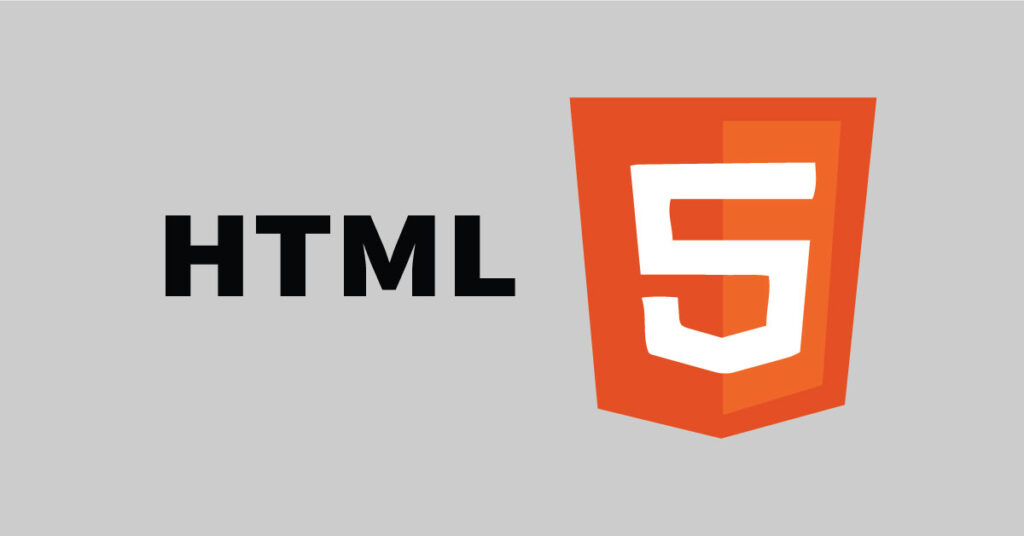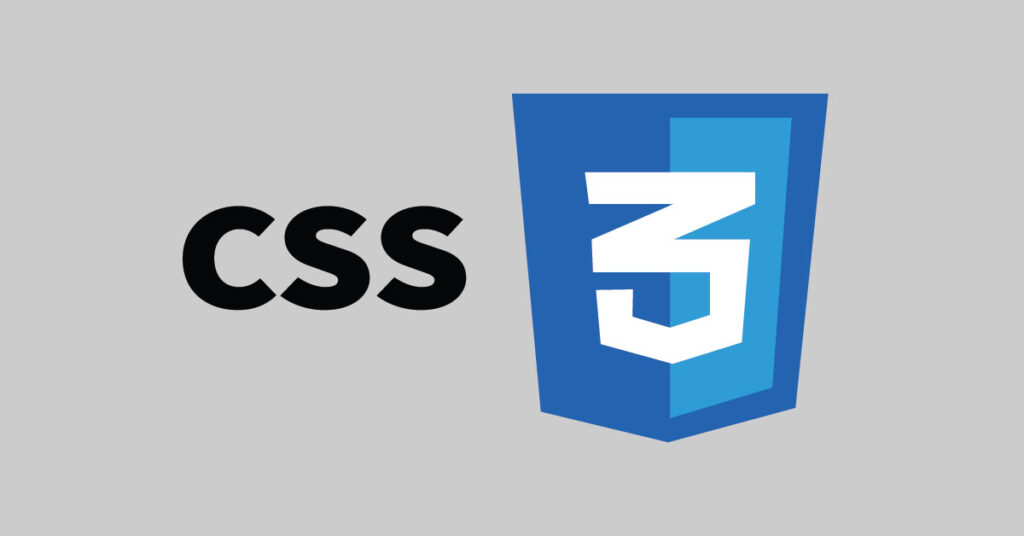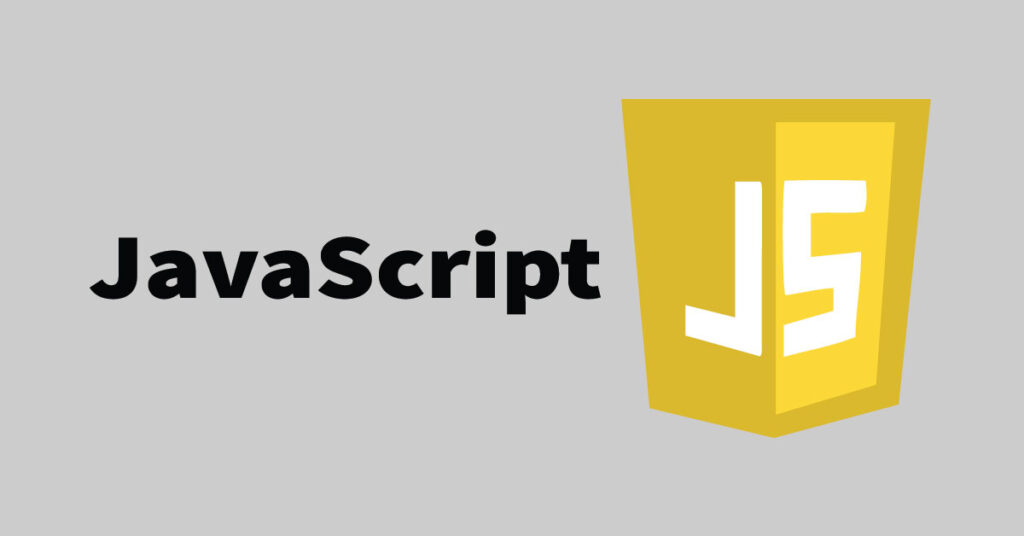Do you have a plan to become a web developer? Don’t know where to start, and would it be a worthy step to take? Not sure about the future of this industry? If you are searching for answers to all these questions, this is the perfect read you don’t want to miss, as it presents important web development fundamentals you should be familiar with.
As far as the credibility of the web development industry is concerned, it has earned a good reputation in the last few years. The reason behind this fact is nothing but the increasing demand for websites. As a result, thousands of job opportunities open in the United States every year.Web Development Fundamentals
Interestingly, the job growth rate is super satisfactory, and web developers can earn handsome annual amounts. All these factors contribute to attracting students to choose this domain as their career path. If you are one who wants to step into this industry, make sure you are well familiar with the fundamentals of web development, as presented below.
Web Development: What Precisely Is It?
Before going into the details of website development, let’s first understand what a website is. Well, a website is an incredible tool that allows you to promote your products or services in front of billions of online customers. In simple words, you can say that a website helps you market your business effectively and efficiently in the digital world.
Now that you know how a website lends you a helping hand when it comes to promoting your brand online. A specific process that is used to build a website is commonly called web development. It includes several stages, including but not limited to design, development, deployment, and maintenance.
Web developers use their expertise to design and develop websites to help customers find brands they can trust. At the same time, they make it easy for businesses to target their potential audience. So, creating your business website is a win-win game, i.e., equally beneficial for your customers and your brand.
Now, let’s look at some important web development fundamentals.
Key Fundamentals of Web Development
If you want to become a great web developer tomorrow, you must understand the basics of web development today. Doing this will help you achieve your desired goal. Three widely used technologies that play a crucial role in the web development industry are HTML, CSS, and JavaScript. Let’s have a look at how they contribute to this domain.
1. Hyper Text Markup Language (HTML)
It is a standard programming language that helps developers create web pages. In other words, HTML is responsible for describing a web page’s structure. This language uses keywords or special tags to tell the browser how to display the content on web pages. The content can be of different forms, like videos, photos, infographics, or text. In addition, HTML labels different parameters, i.e., links, paragraphs, and headers.

2. Cascading Style Sheets (CSS)
When it comes to formatting content (e.g., videos, photos, and text) on a web page, CSS comes in handy. CSS is commonly used to set the styles or layouts of web pages. Moreover, it enables web developers to build a professional and consistent web page. Furthermore, CSS is used to build responsive, highly interactive, and mobile-friendly websites that give an elegant look on all devices. Interestingly, if you insert CSS into HTML, it will allow you to create scalable website designs.

3. JavaScript
It is a general-purpose language used to develop websites that can interact with other web pages and computers. Being an Object Oriented Programming (OOP) language, JavaScript helps developers introduce and improve innovations associated with the web development process. In-browser games, 2D/3D puzzles, and game development are a few best examples of innovation in the website development industry.

JavaScript has a wide range of applications, including developing mobile apps, 3rd party APIs, email programs, and web browsers. The top websites, like Google, Facebook, YouTube, Twitter, Amazon, and LinkedIn, use JavaScript to provide users with unbeatable web solutions.
A Must Read: How Long Does It Take to Become a Web Developer?
Types of Website Development You Must Know
Generally, web development is categorized into three different types. Let’s understand how each type adds value to the whole process.
1. Front-End Web Development
As the name depicts, front-end web development is directly associated with building the front end of websites. In simple words, creating user interfaces and elegant design is part of front-end web development. The major goal of this development phase is to attract the target audience with appealing user interfaces and to enhance the user experience.
The developers who work on building user interfaces and web designs are known as front-end web developers. They play the most crucial role, as attracting the user is the very first and a challenging job. Once you grab the attention of a user successfully, the next step becomes easier.
Read More: JavaScript and jQuery: Interactive Front End Web Development
2. Back-End Web Development
It is also called server-side development. It is responsible for building back-end programs of websites through coding, e.g., database management, server integration, content management, account creation, and contact forms. The developers working on these sorts of tasks are known as back-end developers. Their job is a bit complex compared to front-end web developers, which is why they usually earn more.
Back-end web developers work with website designers to develop a system that every visitor can use once they land on the site. In addition, writing custom JavaScript and PHP codes for particular tasks (writing codes to alter data in the databases and preparing tax reports) is also the responsibility of back-end developers.
3. Full Stack Web Development
Well, this is a hybrid concept that is a combination of both front-end and back-end web development. When a single developer builds both the front end and back end of a website, it is known as full-stack web development. The developers with expertise in both domains are called full-stack web developers.
Reputable organizations always prefer hiring fewer resources with diverse skills. This is why the demand for full-stack web developers is higher than front end or back end developers. They can make a decent annual amount too. You can learn both skills to become a full-stack developer. All you need is passion and dedication toward learning.
Read More: Full Stack Web Developer Salary Texas: The Real Earning Potential
A Complete Web Development Process
Developing a website is not as easy as it seems. Since every website has a different set of goals to achieve, a unique plan is always required. A web development plan depends on various parameters, including resources, coding languages, the nature of the website, and more. Let’s look at a plan you should follow when developing a website for any business.
1. Prepare a Plan
Making an effective plan before you move toward website development is very important. You can arrange a meeting with your colleagues and teams to collect their ideas and efforts to give your web development plan a solid boost. You can ask a series of questions (as listed below) to make things easier.
- What is the major goal behind building your website?
- What is your potential target audience?
- What do you want your audience to do on your site?
- What kind of website do you want to develop?
- What type of content will you publish on your website?
- What do you want to achieve from the published content?
- How to structure a website to get the maximum out of it?
- What is the deadline you want to meet?
- What budget do you have to build your website?
Collecting answers to the above-listed questions will surely help you make a great web development plan. Once it is prepared, you will get a clear picture of your priorities and the budget required to get this job done. Creating a road map, in the beginning, is a lot easier than developing it somewhere in the middle of the development process and reverting back to the top.
2. Make a Wireframe
A document created in the initial stages to understand where to start the development is called a wireframe. It is not an official document but a simple source to understand the directions of the whole journey.
This document helps you and the developer better understand what to achieve in the end. You can do wireframing on a whiteboard. At the same time, a number of tools are also available in the market to do this job. Some of the popular wireframing tools are Mindnode, Slickplan, and Invision.
The wireframing tools present a visual picture of the display of images and text on different web pages. The developers mostly use dummy text and blank boxes to get a quick idea of how your front end will look like. Make sure you communicate with the web developer during wireframing to ensure you both are on the same page.
3. Create a Sitemap
A sitemap is somehow similar to a business plan. It allows developers to understand your vision clearly. Creating a sitemap is not a big deal. You can do it on your own. Otherwise, collaborate with your developer to do this job. Asking the below-listed questions to yourself will assist you in making a good sitemap.
- What kind of web pages do you want to build for your site?
- What type of content will you publish on those pages?
- What categories will you define for different web pages?
- How will you link different pages to each other?
- What categories or web pages are more important for you and your visitors?
- Which categories and web pages can you combine or remove?
Counseling different teams working in your company is always a good idea. If you have a team for content strategy preparation or implementing SEO approaches, you are lucky enough to categorize web pages and link structure of your website effectively.
4. Write Code
Once you have a clear plan, a wireframe, and a sitemap, it is time to write code for your site. A wide range of programming languages is available. Which language to use largely depends on the website requirements and your expertise.
Web developers use different languages for building the front end and back end of your website. The most commonly used programming languages include; HTML, CSS, and JavaScript, as stated above. Some other languages you can benefit from are SQL, Python, C++, and Java.
5. Build the Band End
The back end of your site handles everything you see on the front end. The back end consists of two different components, as listed below.
- Databases
- Severs
The databases store, organize, and process your data, and make it easy for the servers to retrieve it in no time. Servers are a combination of software and hardware components. They send, receive, and process data requests. The servers make a solid bridge between the browser and the database. Both databases and servers work together to make a site function perfectly.
The developers focus on three major things when building your website, i.e., code, database management, and infrastructure. The code determines how your site will respond to different actions. Database management helps your site store, organize, and retrieve all the data. On the other hand, the infrastructure refers to how you will host your website.
If you want great control over your site, try hosting it on your own, but it will be costly, as you will have to maintain the server’s security and health by yourself.
You do not need any back end if you don’t want to save the users’ information on your website. Informational websites don’t usually need a back end because they don’t ask users to provide any kind of information.
If your goal is to collect the users’ information, like name, email address, contact number, etc., your site must have a back end. For example, Twitter has to save the information of your followers and the people you follow. In addition, it also saves your text, pictures, and videos and makes them accessible to every user. If Twitter does not have a back end with a database, it will not be possible for you to access anyone’s information.
6. Work on the Front End
The front end of your site is what your target audience sees. This is why it is a must to pay special attention to this part of your website, as attracting your potential clients or customers should always be your number one priority. The programming languages like HTML, JavaScript, and CSS play their parts in developing the front end of your website.
Being a key part of web development fundamentals, the front end also controls a variety of other parameters, including but not limited to browser compatibility, navigation, responsiveness, typography, positioning, and fonts.
7. Buy a Domain Name
Now that you have a unique IP address for your website. The next step is to purchase an engaging domain name. Make sure your domain name appeals to the visitors landing on your website. If you are looking for sites to buy domain names, visit GoDaddy, BlueHost, Hostinger, or Hover. Apart from that, you can also buy a domain name from Weebly, Squarespace, WordPress, and other website builders.
8. Launch Your Website
As soon as you buy your domain name and link it to the host, you are very close to displaying your work in front of your target audience. But before you launch your website, ensure to assign your team members different roles. Perform regular tests to evaluate your website’s performance. It will help you identify and solve if there are any bugs or errors.
Learn More: Offshore Web Development Companies
Final Words
Understanding web development fundamentals is necessary for every individual who wants to see himself or herself as a web developer in the future. This above discussion has provided an in-depth debate on what you need to know before jumping into the web development industry.
As soon as you are familiar with the fundamentals of web development, you can either develop your website after getting hands-on with your skills or hire a developer to help you do that. Read the above discussion carefully for more insights into this domain.
Do you like reading through similar sources of information, don’t forget to subscribe to KodersHive. A lot more is on its way. Stay tuned for more updates.
Frequently Asked Questions (FAQs)
Q: What are the most important components of the website development process?
A: Well, the structure, function, content, and aesthetics are the key web development fundamentals you must consider when building your website.
Q: How many web development frameworks are there?
A: Generally, two major frameworks – front end and back end – take part in the web development process.
Q: Which skills does a website developer have?
A: Development is not the only skill you should learn as a web developer. Focusing on improving your communication, problem-solving, and creative abilities is equally important.



